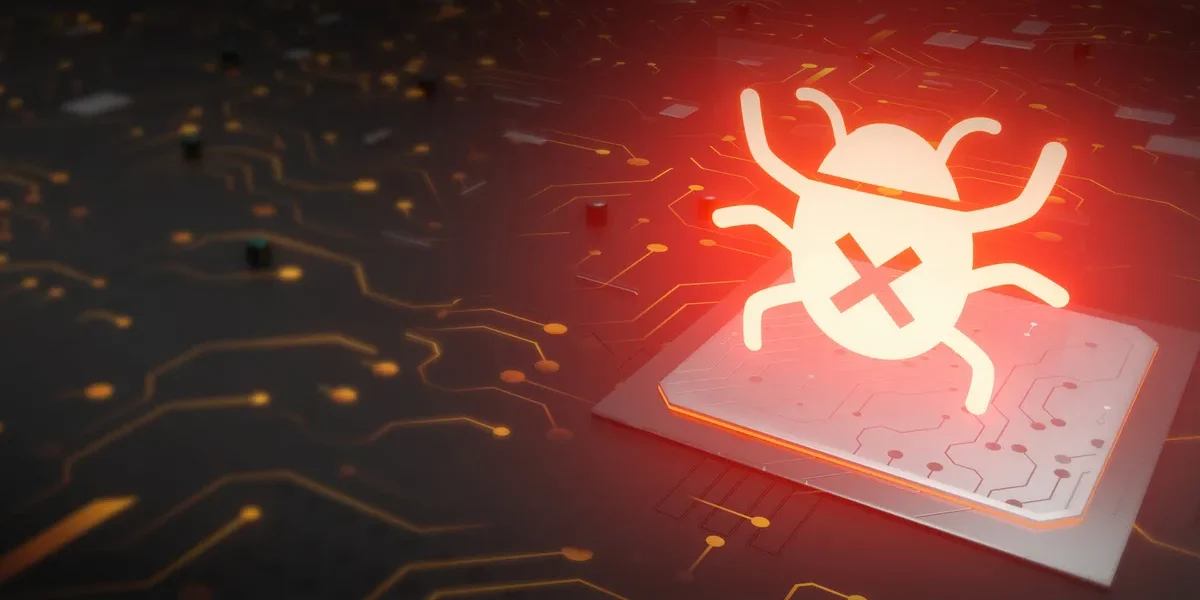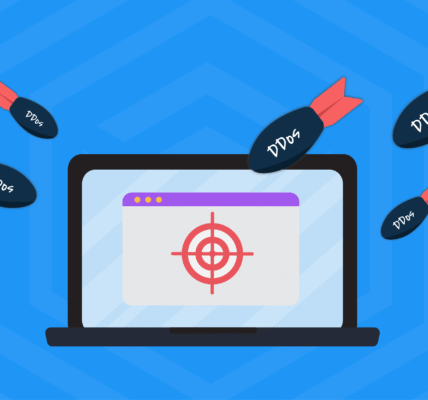🕵️♂️ Living Off the Land Attacks: The Silent Hackers Hiding in Plain Sight
🚨 Introduction
In today’s evolving threat landscape, one of the most deceptive forms of attack is the Living off the Land (LotL) technique. Unlike traditional cyberattacks that rely on malware or external tools, LotL attacks use native system utilities and pre-installed software to carry out malicious activities.
These attacks are stealthy, often fileless, and can evade detection by most traditional antivirus and EDR solutions. As a cybersecurity professional with over a decade of experience, I’ve seen firsthand how dangerous and misunderstood this threat can be.
🧠 What Are Living off the Land Attacks?
LotL attacks occur when threat actors leverage tools that are already available in the operating system (especially Windows environments) to perform malicious actions. These tools include:
- PowerShell
- WMI (Windows Management Instrumentation)
- CertUtil
- BITSAdmin
- MSHTA
- Rundll32
- Task Scheduler (schtasks)
By blending in with normal administrative activity, attackers can move laterally, exfiltrate data, and establish persistence — without raising red flags.

🎯 Why Are LotL Attacks So Effective?
- Fileless Execution: They often don’t drop traditional malware files, making them harder to detect.
- Trusted Tools: Antivirus tools tend to whitelist native OS utilities.
- Low Footprint: No additional binaries, minimal indicators of compromise (IOCs).
- Privilege Abuse: Attackers often exploit systems where admin-level tools are widely accessible.
🧪 Case Scenarios: LotL in Action
🕵️ Case #1: PowerShell Abuse in a Ransomware Deployment
Incident: A financial services firm noticed that several endpoints were being encrypted. Upon investigation, no traditional malware was found.
Root Cause: The attackers used a phishing email with a malicious macro, which triggered PowerShell commands that downloaded and executed a ransomware payload entirely in memory. No files were ever written to disk.
Key Takeaway: Even EDR solutions failed to alert because PowerShell usage was common in internal IT scripts.
🏥 Case #2: CertUtil Used for Data Exfiltration in Healthcare
Incident: A hospital’s SOC team noticed irregular outbound traffic during non-business hours.
Root Cause: The attacker exploited a misconfigured web server and used CertUtil — a legitimate Windows utility — to encode and exfiltrate sensitive patient data to a remote FTP server.
Key Takeaway: CertUtil is often overlooked by defenders due to its benign purpose in certificate management.
🏢 Case #3: Lateral Movement via WMI and PSExec in a Corporate Network
Incident: During a red team engagement for a Fortune 500 company, we successfully gained Domain Admin privileges without using a single custom tool.
Tools Used:
- WMI for lateral movement
- PSExec for executing commands remotely
- Netsh for configuring persistence
Key Takeaway: Even mature environments with layered defenses can be penetrated using only native OS tools.
🔍 Detection and Mitigation Strategies
- Behavior-Based Detection
- Implement EDRs with behavioral analytics, not just signature-based detection.
2. PowerShell Logging
- Enable Module Logging, Script Block Logging, and Transcript Logging.
3. Limit Admin Access
- Follow the Principle of Least Privilege (PoLP).
4. Application Whitelisting
- Use AppLocker or Windows Defender Application Control to restrict utility use.
5. Monitor Anomalous Use of Utilities
- Flag unusual executions of CertUtil, BITSAdmin, WMI, etc.
6. Segmentation and Microsegmentation
- Isolate critical assets to prevent lateral movement.
💡 Final Thoughts
LotL techniques remind us that attackers don’t always need malware to compromise a system. They can — and often do — use your tools against you.
As defenders, we must shift our mindset from malware hunting to behavior monitoring. In an age of cloud integration, hybrid infrastructure, and insider threats, visibility and context are your best friends.
🔐 About the Author
I’m a cybersecurity consultant with over 12 years in threat hunting, red teaming, and SOC leadership. I help organizations understand modern threats and build proactive defense strategies. Feel free to connect with me




